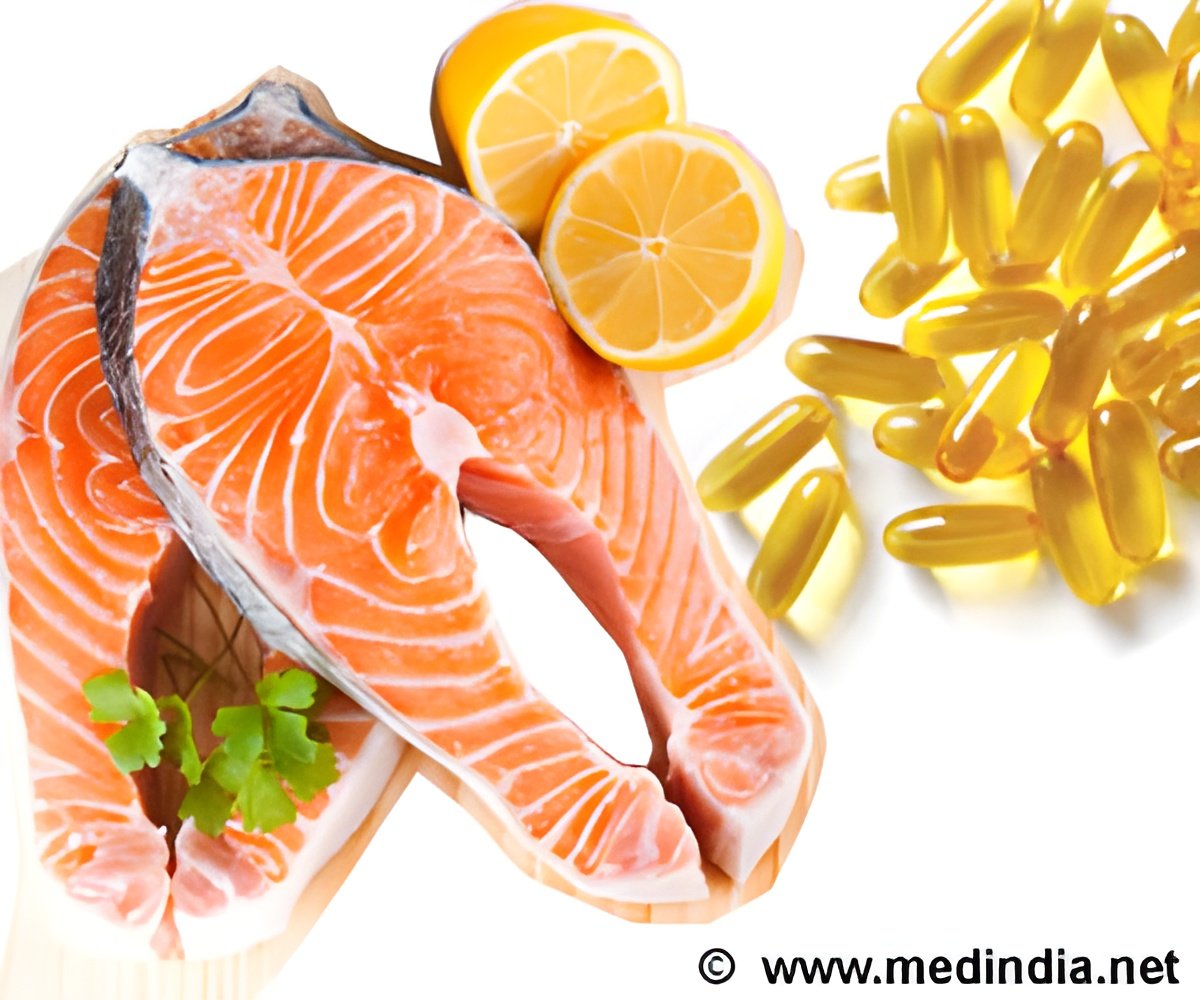Mercury content in some pangasius samples exceeds all limits. Pangasius, originally from Vietnam, is one of the most consumed fish in the world for its low cost, mild flavor and fillet presentation without skin or thorns.

TOP INSIGHT
Mercury content in some pangasius samples exceeds all limits. Pangasius, originally from Vietnam, is one of the most consumed fish in the world for its low cost, mild flavor and fillet presentation without skin or thorns.
Mercury limits exceeded
The results of the study, published in the Chemosphere journal, reveal that some specimens, especially in their marinated presentations, exceed the maximum admissible concentrations set by European legislation at 0.5 mg / kg (Regulation (EC) Nr. 1881/2006 of the Commission, of December 19, 2006), establishing the maximum content of certain contaminants in food products. "It is necessary to exhaustively control the mercury content in this type of fish," says the researcher. The analysis, performed by cold vapor atomic absorption spectrophotometry, shows a wide range of mercury concentrations between 0.10-0.69 mg / kg, with average value of 0.22 mg / kg. According to the researchers, although there were no significant differences between supermarkets, the average concentration of mercury in the marinade presentation (0.18 mg / kg) was higher than that obtained in the natural pangasius (0.16 mg / kg). "Once these data have been obtained and assuming a weekly consumption of 350 grams of pangasius, the percentage of contribution to the Tolerable Weekly Intake (TWI) of mercury (4 μg / kg bw / week) is 32% and 27.5% for women and men, respectively, "says Gutiérrez.
The researchers conclude that in cases where the maximum permitted concentration is exceeded and after continued consumption there may be a health risk due to the accumulation of mercury in adults and, above all, in children. For the latter, they recommend the consumption of other fish instead of pangasius, also because of its low nutritional contribution.
Source-Eurekalert
 MEDINDIA
MEDINDIA




 Email
Email




